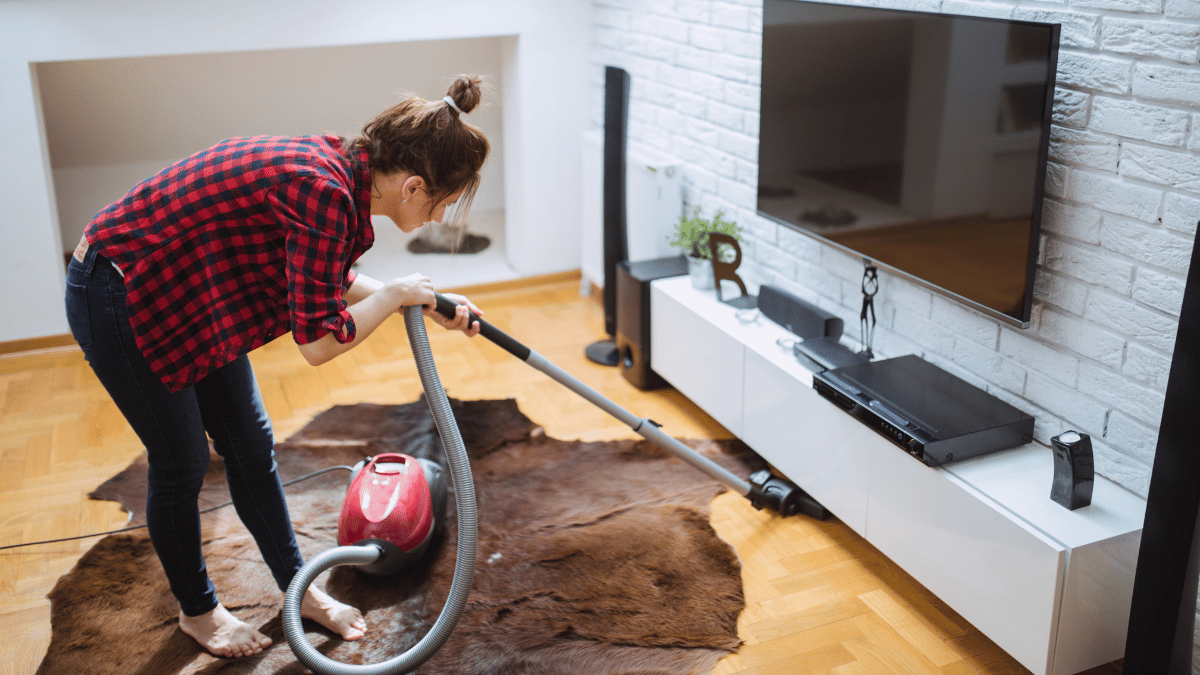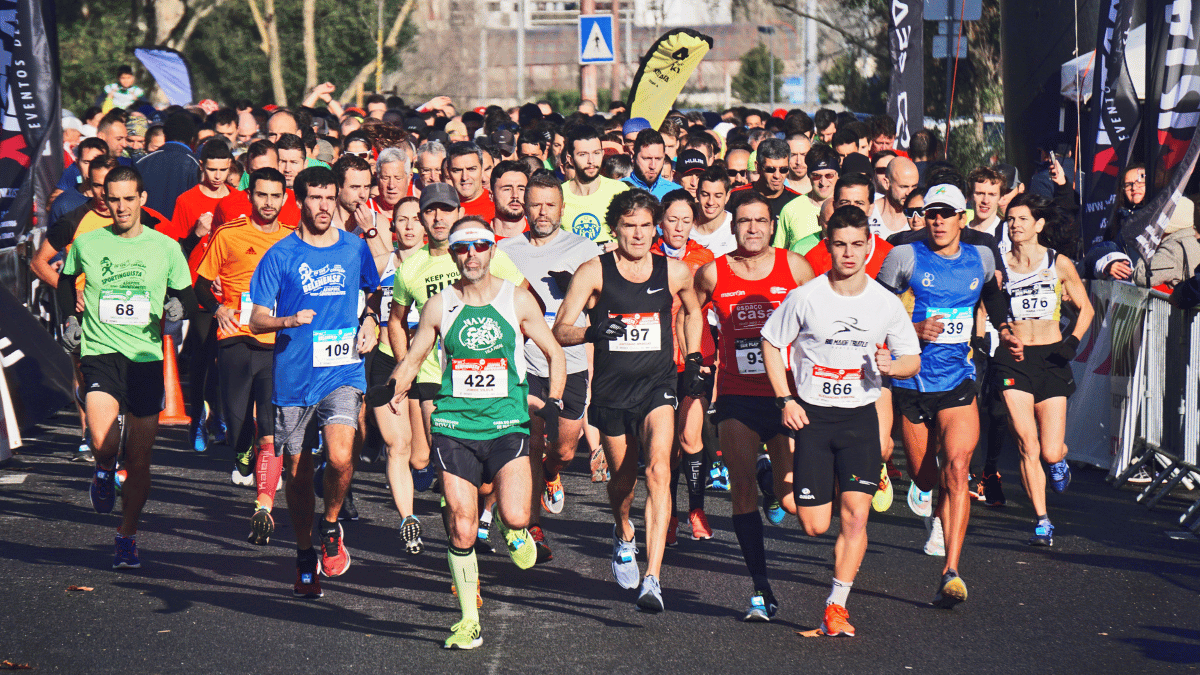Bayan Jaber is known for her expertise, leadership, and advocacy. Located in Summerville, SC, She has an excellent educational background from Wayne State University...
Public speaking, often dubbed the “art of communication,” is a skill that can wield immense influence in both our professional and personal lives. It’s...
Businesses and organizations turn to commercial cleaning services when maintaining a clean and safe environment. These services play a pivotal role in ensuring that...
Laboratory science is a vital field that plays a critical role in diagnosing and treating disease. Medical technologists, also known as clinical laboratory scientists,...
On November 5th, 2023, Mena Wahezi will lace up her running shoes to participate in the TCS New York City Marathon. But she’s not...
The current state of physical activity is one of the most worrying. Despite all the disturbing statistics and studies about exercise that are flooding...
Current trends in nursing show that the aging workforce is steadily but steadily improving inequality between two groups of nursing professionals: people of color...






